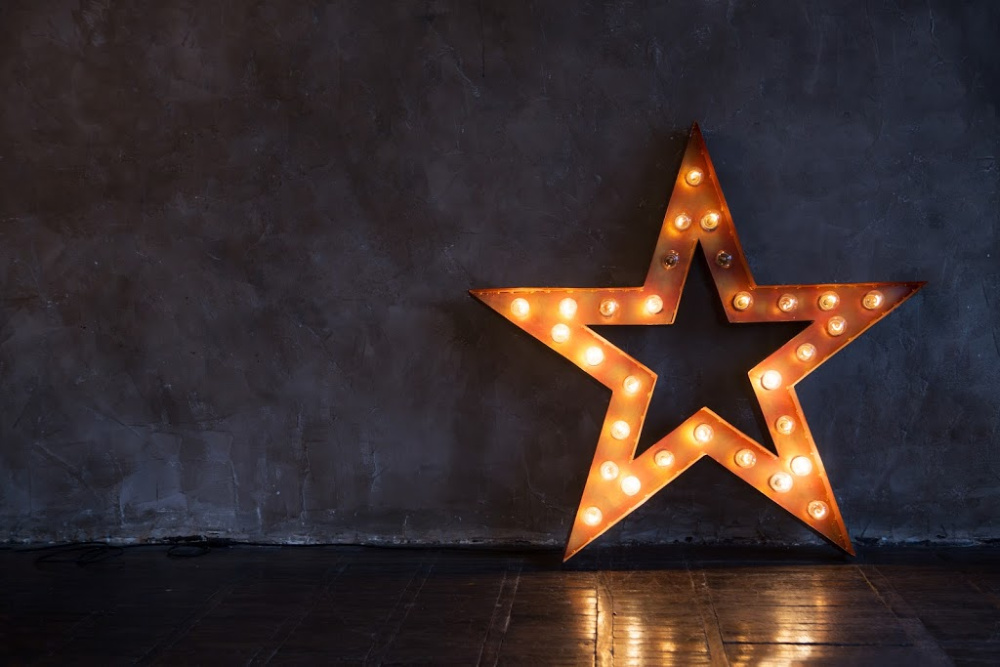"What Gets Measured Gets Improved"—But Then What?
Measurement is a key component of any improvement scheme, both in life and in business. You see it everywhere: testing in schools to evaluate against benchmarks, using a scale to monitor weight-loss goals, and, of course, measuring success in organizational learning. However, measurement is not the only factor that plays a role in making improvements. Simultaneously implementing a reinforcement strategy will give participants a greater opportunity for continued success.
For all the work that you do to teach new skills and encourage certain behaviors, there are always forces working in opposition. Learning decay is an unavoidable natural phenomenon, and old habits are difficult to change, even when the positive outcomes of change are clearly defined and understood. The combination of measurement and reinforcement can help you overcome these challenges and achieve your organizational training goals.
Measurement Is Not Enough—Reinforcement Is Essential for Success
Learning decay is the natural enemy of organizational training. No matter how effective your learning event is, participants will forget a certain amount of the information almost immediately. After just a few weeks, they can forget more than 70 percent of what they learned. That is…without reinforcement.
Reinforcing new knowledge on an ongoing basis is critical for long-term learning, which can ultimately translate to permanent behavior change. One of the reasons reinforcement is so important is that it helps bridge the gap between experiential learning and the real world. The principles learned in training can be difficult to implement when participants return to their daily activities and tasks. Having a reinforcement plan in place will help overcome this hurdle.
There are many types of reinforcement tools and techniques you can employ, including:
- Mobile apps – Leverage the ever-present smartphone or tablet to deliver information, ask questions, solicit feedback, and create challenges.
- Gamification – Keep participants engaged with interactive games that test their knowledge and reinforce its application to the real world and reward them for improvement.
- In-person reinforcement – Put the technology aside for discussion groups, coaching sessions, and short refresher courses.
Persistence Pays Off
Reinforcement must be both regular and ongoing. Don’t assume that just a couple refresher events will do the trick. Remember that pesky learning decay curve? It kicks in after every learning event, so a percentage of your refresher courses and pop quizzes will soon be forgotten. The good news is: it’s like climbing a mountain with multiple plateaus. Eventually, you’ll get to the top, but there will be periods when it feels like you’re not making much progress.
These plateaus are exactly the reason that knowledge reinforcement must be paired with measurement. Having the ability to show progress and celebrate successes allows you to motivate participants to continue improving. Without measurement, your reinforcement strategy will fall flat, and without reinforcement, you’ll eventually see stagnation in measurement.
If long-term improvement is one of your organizational training goals, both measurement and reinforcement are necessary, especially if you want to get the fastest return on your investment. The information learned at annual or quarterly training sessions will only last so long. However, if you sustain the training with ongoing reinforcement, you’ll get the long-term benefit of continuous improvement.




